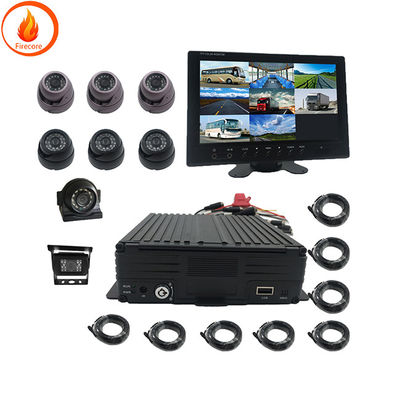The wave of new energy vehicles is getting bigger and bigger, body intelligence is also getting better and better, and intelligent driving and sensors are closely related. It is reported that some of the new energy vehicles, the whole car using as many as 12 cameras, infrared, radar waves and other sensors as many as 8, and the more these electronic products are used, the more the safety issue is of concern, and here for the ESD problem of the car camera to talk about.
Structure:
The overall structure of the car camera is relatively simple, the complex is the internal "circuit" part, different protocols of the camera, the circuit is slightly different, but the overall structure is basically unchanged, divided into "front cover (lens)", "back cover (interface)", "hardware (circuit)" three parts.
ESD problem:
The overall structure of the car camera is relatively simple, the complex is the internal "circuit" part, different protocols of the camera, the circuit is slightly different, but the overall structure is basically unchanged, divided into "front cover (lens)", "back cover (interface)", "hardware (circuit)" three parts.
ESD Problem Solving:
Restricted by the specificity of the product structure, in doing EMC testing, the shell of such products are generally divided into metal and plastic shell. Plastic shell for the ESD problem will be improved, but in RE or RI compared to the metal shell will appear more problems, and the use of metal shell, for ESD problems more difficult to deal with is the PCB board and shell grounding, whether it can be done on the ground impedance is small enough to ground more than enough points.
Mistake 1:
The grounding method of some camera modules is to ground through the "copper leakage" screw hole reserved by the PCB, this scheme is also one of the more mature schemes, and most of the screws that can be grounded will use this kind of black screws. And such electroplated screws, most of the surface have lost electrical conductivity, resulting in electrical performance is not so good, thus exacerbating the ESD problem of the camera.
Mistake 2:
Some camera modules will also use another grounding method, the use of PCB board edge leakage of copper, or metal shrapnel to contact with the metal housing, and even some modules will add a metal shield on the PCB, so that it fits with the metal housing to achieve the purpose of contact with the metal housing. This type of measure is better than the direct contact with the shell with screw holes, the grounding effect will be much better, but there are certain shortcomings, such as the edge of the PCB board leakage of copper to contact the metal shell, because of structural reasons, the actual contact is not good; metal shrapnel to the shell, the use of a single point of single contact; shielding cover affixed to the metal shell seems to be perfect, and the actual application of the not so much.
Mistake 3:
Some camera modules will also use the dispensing method to do ESD optimization, dispensing is to increase the insulation between the components on the PCB board and the metal shell, reduce the frequency of ESD. However, this way will affect the heat dissipation problem of the entire camera, and when static electricity directly affects the chip through spatial coupling, ESD problems will still exist.
Sum Up:
Some recommendations for on-board camera modules ESD are that the metal housing is not only helpful for ESD, but also improves for RS and RI. However, whether the internal PCB board and the metal shell should be grounded, there are many factors to consider, but from the actual contact with many products, the PCB needs to be grounded, and the multi-point grounding effect will be better, and the camera lens and the edge of the shell should be sealed.

 Your message must be between 20-3,000 characters!
Your message must be between 20-3,000 characters! Please check your E-mail!
Please check your E-mail!  Your message must be between 20-3,000 characters!
Your message must be between 20-3,000 characters! Please check your E-mail!
Please check your E-mail! 











